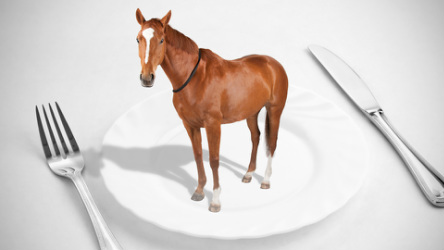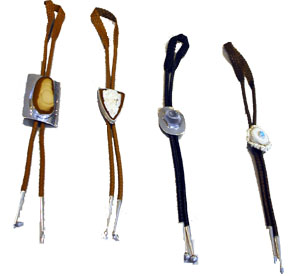It comes as no surprise that January is National Mail Order Gardening Month. An estimated 24 million American households spent over $3 billion on orders from garden catalogs last year. I know I’ve done my part to add to that statistic.
I’m a sucker for the catalogs’ gorgeous photographs and enticing descriptions, especially in the dark of winter. The flowers are so lovely I want every one of them. The vegetables look so appetizing I order double what I need and can take care of. Every spring when planting is completed I have quantities
of unopened packets, which join dozens of other seed packets in a box in the basement.
Each year I swear I won’t order any new seeds till I use up the ones I have. But come another gray winter day and another new catalog, garden fever strikes again.
I’ve made my share of purchasing mistakes. Whatever made me think I could grow peanuts in the Methow? There was also the time I fell for the “gopher-proof” tulip bulb promotion. Not only did the varmints eat all my expensive bulbs, they destroyed the lawn too. Most catalogs have abundant
information on how to grow a successful garden. None of that advice helped the summer I tried sweet potatoes and okra. I guess when they said “hardy,” they didn’t mean Mazama hardy.
But after seeing the cover photo on the new Burpee catalog I’m seriously considering that super giant tomato they claim is the world’s largest. It is described as loaded with true heirloom tomato flavor and head-spinning fragrance.
Who can resist? Especially in the dead of winter.
I desire everything in every catalog: the novelty vegetables, the exotic easy to grow orchids, the peach trees laden with juicy fruit. It is spring and summer I want. And for a few minutes the garden catalogs make it seem so near.











 RSS Feed
RSS Feed
